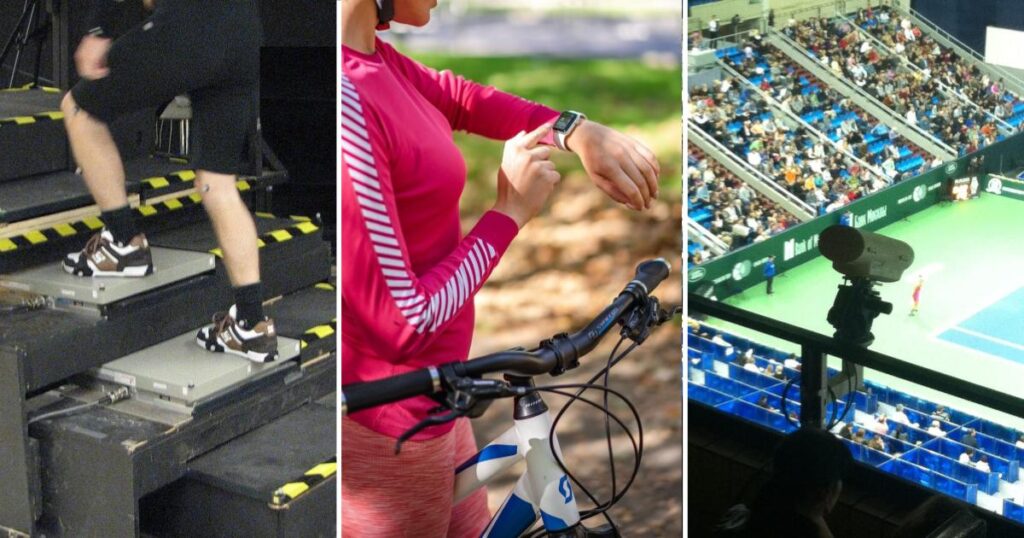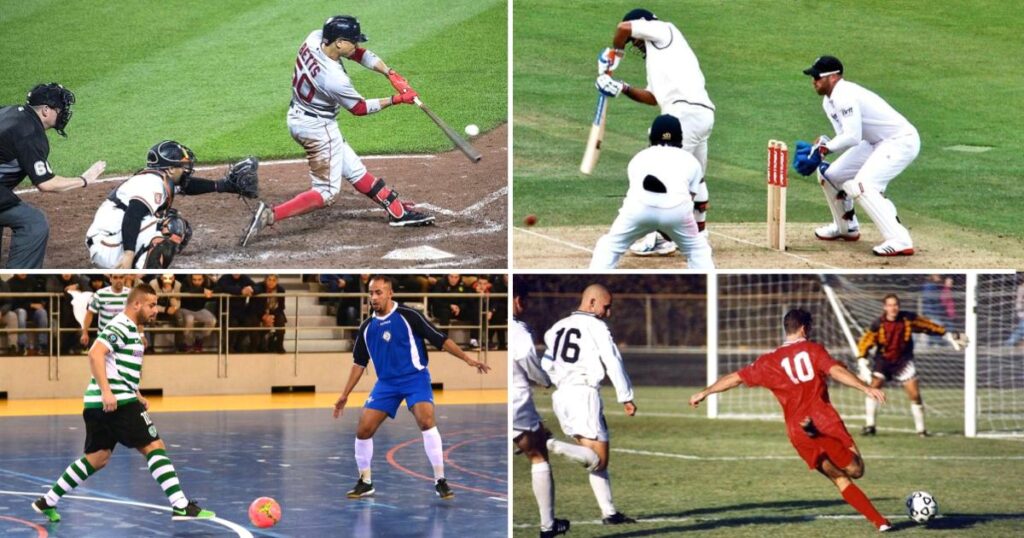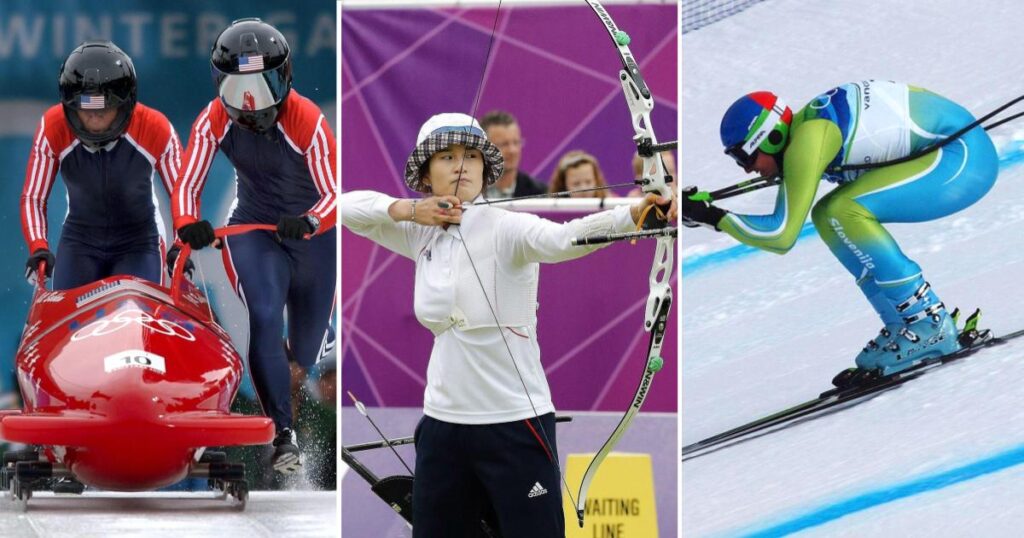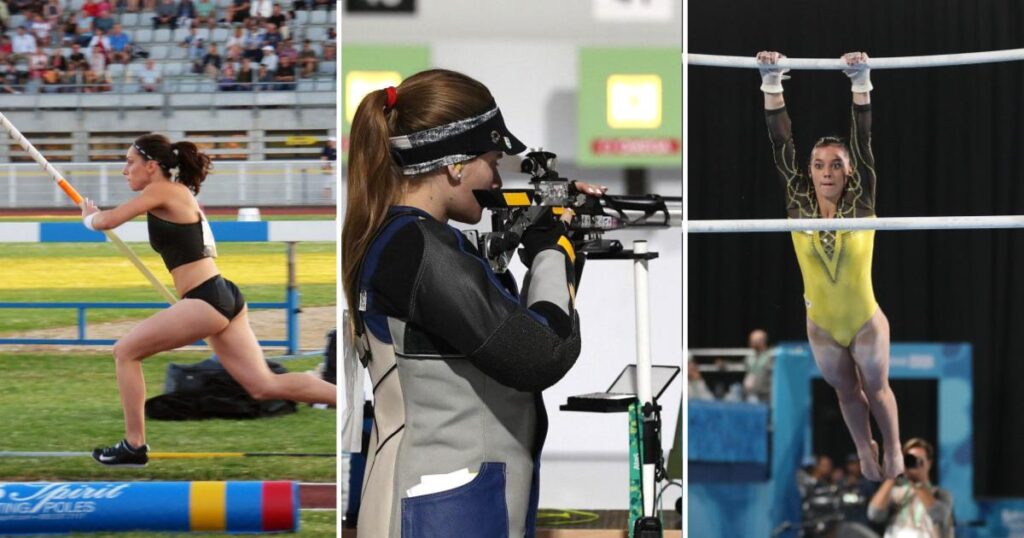Role of biomechanics in sport
Troy Aikman, Bo Jackson, Barry Sanders, and Alex Smith were all famous athletes in their respective sports, but they all had one thing in common: an injury that ended their careers at the peak of their success. The use of biomechanics in sports has one primary objective: to study athletes’ movements and use the data to design measures that will prevent injuries.
One of the things that has helped sports evolve in the last few decades is the combination of science and sports. Biomechanics is one such branch of science that has enhanced the sports experience for not only athletes but also sports enthusiasts. Biomechanics, as the name suggests, is the scientific study of the mechanics of human movement. In the world of sports, the primary use of biomechanics is to improve performance and prevent injuries in athletes. However, the application of biomechanics in sports is multifaceted, as we will discuss in the following points of this post.
How biomechanics is useful in sports
Some of the major areas in sports where biomechanics has played an important role are listed below.
Preventing Injuries
Certain movements during matches or training sessions can put excessive pressure on the body. Biomechanics analysis can be used to identify these movements. The next logical step would be to make safer fitness equipment and change training methods.
Safer Sports Equipment
Safer sports equipment and the development of training programs that reduce the risk of injuries can both facilitate better performance. Biomechanics analysis is used to design sports equipment that is comfortable and reduces the risk of injuries.
Improved Sports Facilities
Sports facilities and training programs can be further enhanced by modifying certain aspects that carry a potential risk of injury to an athlete. This can be done by redeveloping the training program and educating the athlete on how to perform certain movements safely.
Improved Overall Sports Experience
With the help of biomechanical analysis and recommendations based on those analyses, athletes can improve their performance. There are certain biomechanical innovations, such as the infrared imaging system, which is used in real time to make certain decisions on the field a lot more transparent. There are plenty of other innovations that help to enhance the overall experience of sport.
Biomechanical innovations in sports
1. High-speed Videography

Can we analyze the body movements of a sprinter running in a 100-meter dash with our bare eyes? Not really. We wish we could, but high-speed cameras can do that for us. These cameras are used to record fast-paced movements in slow motion. Although high-speed videography is one of the methods to study biomechanics, let’s not forget that it is an integral biomechanical innovation because it provides us with valuable insights into how the body moves.
2. Motion capture

Motion capture was widely used in sports starting in the 1990s. It is a technology that records the movement of a person in 3D. The data obtained from motion capture can be used to create virtual reality (VR) experiences. Motion capture can also be used to capture specific movements of an athlete that are causing discomfort or could potentially cause an injury. As mentioned above, VR environments created with the help of motion capture are used to train athletes on certain aspects of the sport they are playing.
3. Electromyography (EMG)
When in movement, our muscle cells produce muscle signals, which is known as the electrical activity of muscles. These signals are responsible for the contraction of muscles. EMG is a technique used to measure the electrical activity of muscles.
When athletes perform athletic movements, such as a basketball player shooting the ball, there is an order or pattern in which their muscles will be activated. This pattern is known as the muscle recruitment pattern.
The data processed with the help of EMG can be used to study this pattern and identify areas where the athlete is not using correct posture or inefficient use of muscles.
4. Virtual Reality (VR)

Biomechanics is the study and analysis of human body movement. Virtual reality (VR) allows biomechanics to transform the results of those analyses into reality. VR facilitates the realistic simulation of human movement. With the help of VR, realistic simulations of sports drills or events can be designed so that athletes can train for different game scenarios. VR can also help athletes prepare mentally for different aspects of the game.
For example, in tennis, an athlete has to prepare for various conditions such as wind, surfaces, ball trajectory, and speed. VR can be used to simulate all of these game conditions, giving the athlete a chance to practice in a variety of environments.
In addition, VR can be used to simulate entire sporting events. This can provide athletes with a real-match experience that can help them improve their performance.
5. 3D printing

3D printing is used to make custom-made models of the human body. In the context of sports, 3D printing is used to create customized sports equipment that is tailored to an individual athlete. Sports gear that is specifically made for an individual athlete can enhance their overall performance. Custom-made sports footwear is a good example of the application of 3D printing. 3D-printed footwear is specifically designed by taking into account the measurements of an athlete’s foot and their specific requirements and comfort.
6. Force plate

A force plate is a device that measures how much force an athlete generates when performing a movement. It can be used to identify if an athlete is putting undue stress on their body during that movement.
The force plate contains a small electrical device called a strain gauge, which is used to measure the amount of force applied to the plate. When an athlete moves, the electrical resistance of the strain gauge changes. This change in resistance is proportional to the force applied by the athlete, which can be measured and used to assess the athlete’s movement.
7. Wearable devices (Smartwatches)

The functionality of wearable devices is based on sensors. These sensors collect data on various trigger points, which helps to measure things such as heart rate, breathing pattern, steps taken, and so on. There are various types of sensors that are used in wearable devices to increase their functionality. Smartwatches and fitness trackers are examples of wearable devices that are based on biomechanics. Let’s discuss some of them below:
- Accelerometers:
When we are in motion, the velocity of the body changes at a constant rate. This rate of change of velocity is known as the body’s acceleration. Accelerometers measure the acceleration of the body. They are used to measure calories burned, walking/steps count, and other physical activity data.
- Gyroscope:
Gyroscopes are spinning rotors mounted in devices that measure the rotation of the body. They are used in VR headsets to measure head movement.
- Magnetometer:
Although very weak, the human body produces magnetic fields around it. These magnetic fields are caused by the flow of electrical current in the body. A magnetometer measures the magnetic field around the body of the person wearing the device. This helps to detect the orientation of the body, which is useful in navigation apps.
8. Infrared Imaging (IR)
Infrared imaging is a technology that is used in a variety of fields, including sports. There are multiple ways that infrared imaging can be used in sports. Infrared imaging technology detects heat emitted from objects. When there is friction between two objects, infrared imaging can be used to locate the “hotspot.”
9. Haptic feedback
Haptic feedback is used to simulate touch with the use of vibration or other physical stimuli. It is used in VR and augmented reality to simulate touch on virtual objects. Wrong form or technique is often a reason for sports injuries in athletes. Haptic feedback, as the name suggests, provides real-time feedback to athletes about their movement. This feedback can be used to improve their form when playing and also to improve their technique, which eventually results in fewer chances of injury during the match. Haptic feedback is also used to provide feedback about the force an athlete is applying on the ground or on a particular object. If the athlete applies too much force than what is required, they will receive feedback with vibration.
Conclusion
Biomechanics has played a substantial role in the evolution of sports so far, and it will continue to do so in the future. The innovations in biomechanics and their application to the world of sports on various levels have helped athletes, coaches, and performance centers immensely. The study of the mechanics of the human body is a continuous process. The analysis of these studies has been translated into reality with the help of innovations in biomechanics.
In the future, we will continue to see more innovations as biomechanics and its related technologies continue to grow.
Also see:
12 Technological Advances That Have Changed the Way Sports Teams Are Managed
Tags: Sports Curiosity





